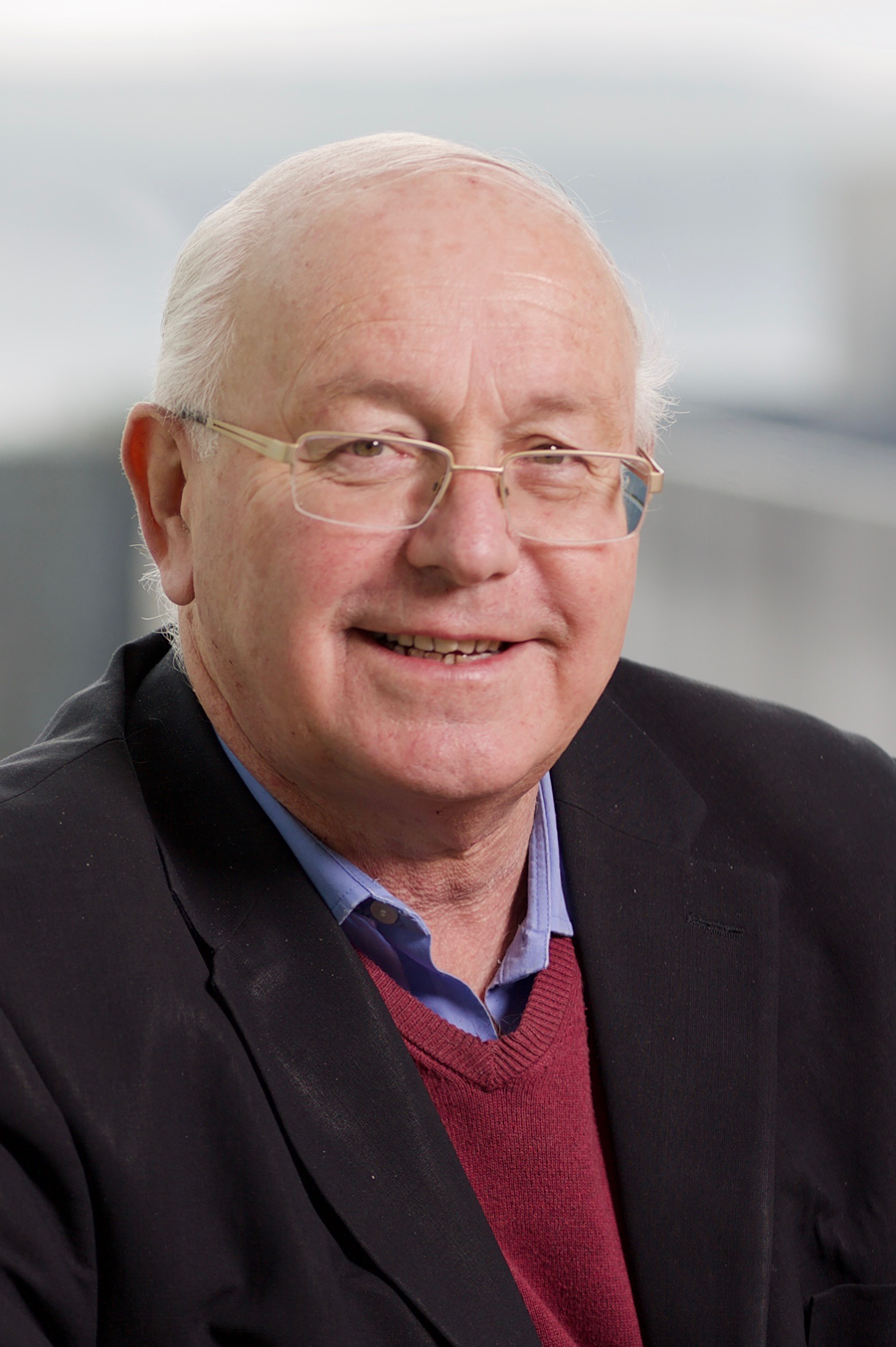
Over the period 1973-1998, research in Philip Cohen’s lab in the MRC PPU elucidated the signaling pathway by which insulin activates of glycogen synthase and enhances the conversion of blood glucose to tissue glycogen. During the course of this work the Cohen Lab identified the protein kinase glycogen synthase kinase 3 (GSK3) in the late 1970’s which they found had a key role in this process. Because insulin reduces the catalytic power of GSK3, it was initially thought that drugs might be developed that 'switch off' GSK3 activity and so improve the treatment of Type2 diabetes.
However, subsequent research in many laboratories revealed that GSK3 had many other functions in the body, including the attachment of phosphate to a protein in the brain called 'Tau'. When abnormally high levels of phosphate become attached to Tau, they cause it to aggregate and form deposits in the brain called 'tangles', which are one of the hallmarks of Alzheimer’s disease. These findings in turn led to renewed interest in developing drugs that switch off GSK3 in the hope that they would benefit Alzheimer’s patients. A number of pharmaceutical and biotechnology companies took up this challenge and a GSK inhibitor called Tideglusib was developed by the Spanish biotechnology company Noscira and entered clinical trials for the treatment of Alzheimer's and progressive supranuclear palsy, another neurodegenerative disease of the brain. This drug passed Phase I clinical trials indicating that it could be used safely in human patents, and further trials of this drug in larger numbers of patients are now progressing.
Around the same time, it emerged that GSK3 is also switched off when the Wnt signaling pathway is activated. This leads to the accumulation of proteins, such as β-catenin and Axin, which have critical roles in a number of processes, such as the development of the embryo and the repair of tissue damage in adults. For this reason, the same pathway is activated when teeth are damaged. In a remarkable development, Paul Sharpe and his colleagues at King’s College London applied low doses of Tideglusib to biodegradable collagen sponges, which were then inserted into tooth cavities. They found that the sponges gradually degraded over time and were replaced by new dentine, the main supporting structure of the tooth. This could transform the way we treat teeth cavities, making man-made fillings a thing of the past. Since collagen sponges are already available commercially and approved clinically, and Tideglusib has passed safety tests, there is now a real opportunity to get this treatment quickly into dental clinics.
The results of this study were published in Nature Scientific Reports in January 2017 and received worldwide media attention. Paul Sharpe commented, “The simplicity of our approach makes it ideal as a clinical dental product for the natural treatment of large cavities, by providing both pulp protection and restoring dentine.”
One of the fascinations of carrying out fundamental research is that one can never predict what it will eventually lead to and how the discoveries may be used to benefit human health and create wealth. When the Cohen lab discovered GSK3 in the late 1970s the idea that it might revolutionize dentistry or perhaps be beneficial for the treatment of Alzheimer’s would have sounded like science fiction. And who knows, GSK3 inhibitors might yet turn out to be useful for the treatment of diabetes.
This story is also an excellent illustration of how it can take years or even decades before the results of fundamental research reach the stage where it becomes obvious how they can be used to improve health and create wealth. It illustrates once again why sustained long-term funding of basic research by Governments is so important.

